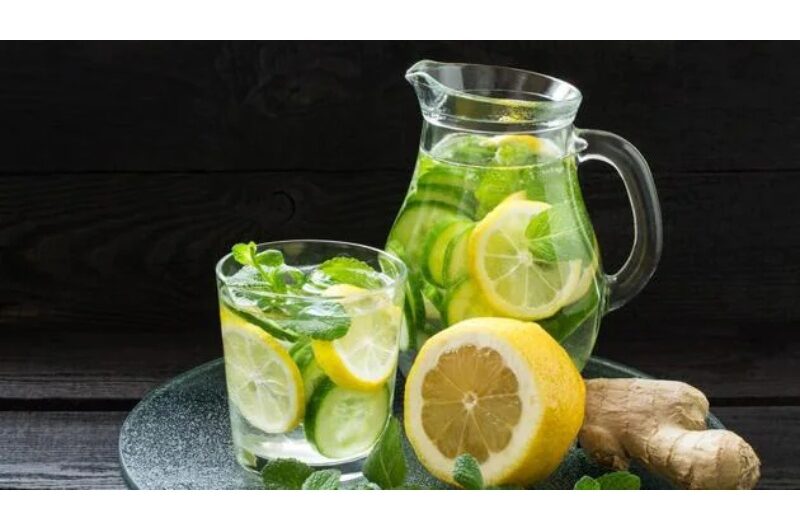The human body is more than fifty percent water. If a person does not consume enough water, they will be unable to regulate their body temperature, maintain joint flexibility, or eliminate waste through urine, sweat, or bowel movements. Water is essential for life!
When we consider how essential water is for us, it leads us to consider this important question: Is tap water in Maryland safe to drink?
It is important to be aware of the quality of water you consume. Today, people can take precautions to determine and even guarantee the safety of their drinking water. In this article, you will learn about the two most effective ways to filter water and what to do in the case of a plumbing issue arising from contaminated water.
Is It Safe To Consume Water From The Faucet?
A person will get dehydrated if they don’t drink enough water. People in the United States generally consider it safe to consume water from a government-owned and operated public water system. The Environmental Protection Agency (EPA) is responsible for public water systems and is authorized to monitor and enforce health standards for contaminants in drinking water.
Before it can be delivered to homes, the water must satisfy stringent health and safety requirements. If something in the water supply has the potential to make a person sick, the company that provides the water must inform its customers as soon as possible.
Even if there is only a temporary violation of a standard that risks the customers’ health, the customers must be notified within 24 hours. The Environmental Protection Agency (EPA) has compiled a list of minimum testing requirements to determine whether or not specific pollutant concentrations are acceptable.
However, even after so many precautions, it is advised that each homeowner must have their drinking water treatment units installed. Some of the most common types are carbon filters and RO filters. They are discussed in detail here.
Use Activated Carbon or Reverse Osmosis to Filter Water
Activated carbon is the first and most straightforward type of filtration people can use to ensure drinking water safety. Activated carbon absorbs contaminants such as chlorine to purify water. They can filter the entire home’s water supply. Unfortunately, activated carbon cannot remove inorganic pollutants. For these contaminants, a Reverse Osmosis (RO) system is required.
In a reverse osmosis filtration system, a semipermeable membrane is used. It allows only water-sized molecules or smaller ones to pass through.
The Need for a Water Softener
A water softener can remove calcium, magnesium, barium, and radium from the water by exchanging calcium and magnesium with sodium. Although certain hard minerals generally do not cause health problems, they cause plumbing problems.
If you are facing such plumbing issues, you must seek the help of a reliable plumber. If the issue is not mitigated in a timely fashion, the minerals may lead to accelerated rusting of the taps and pipes. Thus, it is advised not to take these issues lightly. As soon as one notices any such signs, they must get the pipes and taps checked out by an experienced plumber.
Do your dishes have white spots even after washing? It is due to the hardness of the water. If the water contains a high concentration of these ions, it is called “hard water,” and it is prevalent in the western part of Maryland. With time, this mineral buildup can lead to plumbing and fixture issues. A water softener will help to solve this problem.
So, if you’re wondering, “is tap water in Maryland safe to drink?” The information given above can help you get a better understanding of the possible pollutants that need to be eliminated from water to make it safe for drinking. Furthermore, these are some of the options that homeowners should consider to protect and improve the quality of their drinking water and also to help maintain and preserve their overall plumbing system.










